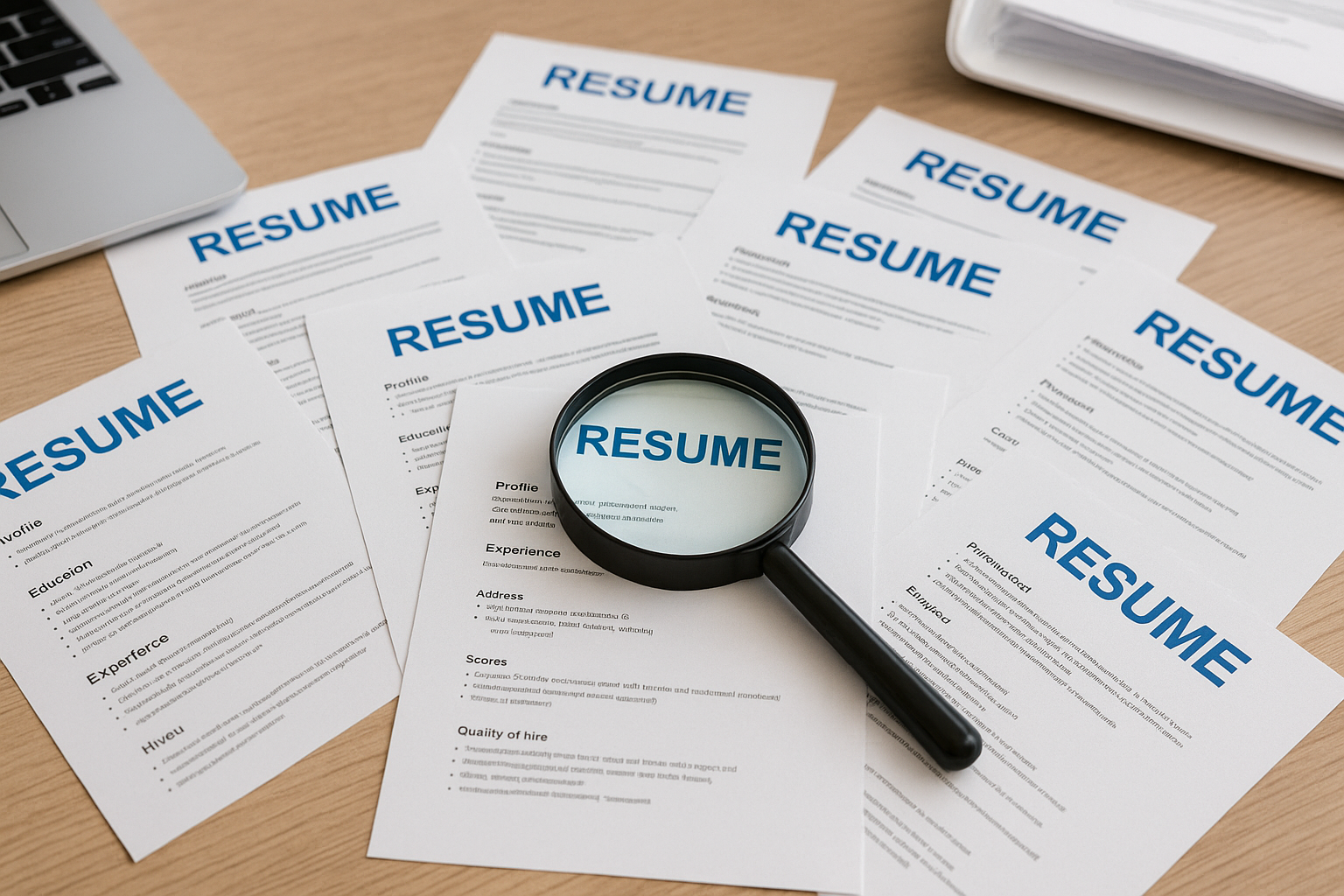Recruitment is the heartbeat of any organization, standing at the crossroads of competency and company growth. In the modern workplace, the competition to attract and retain top talent is more intense than ever. Hiring the right people quickly is pivotal—not only to maintain a competitive edge but also to ensure operational continuity. In this comprehensive guide, we’ll unpack the significance of time-to-fill and time-to-hire metrics in the recruitment process and how understanding and optimizing these metrics can elevate your organization’s hiring strategies to new heights.
The Significance of Time-to-Fill and Time-to-Hire
With recruitment being as strategic as it is operational, metrics play an essential role in measuring success. Time-to-fill and time-to-hire are two such benchmarks that provide insights into the efficiency and effectiveness of the hiring process.
Time-to-Fill (TTF) refers to the number of days it takes to fill an open position from the time the job requisition is approved to the day the offer is accepted by the candidate. This metric is important because vacancies can lead to productivity loss and increased burden on existing staff.
Time-to-Hire (TTH), on the other hand, measures the time taken from the moment a candidate enters the recruitment pipeline to the time they accept an offer. TTH is critical as it reflects the speed at which your organization can secure top talent, ensuring your team isn’t depleted for extended periods.
By analyzing TTF and TTH, HR professionals, recruiters, and hiring managers gain a deeper understanding of the recruitment process, identifying bottlenecks and areas for improvement.
Defining Time-to-Fill and Time-to-Hire
In practice, these metrics might seem straightforward, but their implications are far-reaching.
Time-to-Fill (TTF) is more than a number; it’s a reflection of the hiring team’s capabilities in responding to workforce needs. An ideal TTF ensures that essential roles don’t remain vacant for extended periods, reducing the risk of project delays and overworked employees.
Time-to-Hire (TTH) is equally significant, as it looks at how swiftly your organization can assess, engage, and secure candidates with the relevant skills and cultural fit. A shorter TTH means a competitive edge in securing top talent before competitors do.
Both TTF and TTH, when effectively managed, contribute to a smoother operational flow and a more agile workforce, ready to meet the demands of the market.
Factors Influencing Time-to-Fill
To reduce TTF, it’s crucial to examine the components of the recruitment process that can be optimized.
Sourcing Strategies
The first step in reducing TTF is sourcing talent efficiently. Utilizing a mix of job boards, social media, talent networks, and professional associations can widen the pool of potential candidates.
Candidate Screening Processes
Implementing robust screening strategies, such as automated resume parsing and pre-employment assessments, can help identify high-potential candidates earlier in the process.
Interview Efficiency
Ensuring that interviews are coordinated quickly, and that feedback is promptly provided by hiring managers, can significantly reduce the TTF without compromising on the quality of the selection process.
Offer Acceptance Rates
Understanding the market and remaining competitive with offer compensation and benefits can improve offer acceptance rates and, subsequently, TTF.
Factors Affecting Time-to-Hire
While TTH encompasses similar elements, the focus is on how well each stage can be expedited without diminishing the decision-making quality.
Recruitment Technology
Leveraging applicant tracking systems (ATS), candidate relationship management (CRM) tools, and video interviewing platforms can streamline the hiring process, saving time at every touchpoint.
Internal Communication
Clear communication among the recruitment team and hiring managers is vital for an efficient process. A structured process with defined roles and responsibilities can prevent delays.
Candidate Experience
A seamless and positive candidate experience can speed up the decision-making process. Clear communication with candidates, and managing expectations can ensure that the best talent doesn’t slip through the cracks due to long waiting periods.
Benefits of Optimizing Time-to-Fill and Time-to-Hire
By focusing on these metrics, organizations stand to gain several tangible benefits that go beyond just reducing the time it takes to bring on a new employee.
Cost Savings
Multiple studies have shown that faster time-to-hire leads to significant cost savings. By getting top talent on board quickly, you can minimize the need for expensive temporary solutions or the opportunity cost associated with unfilled positions.
Improved Quality of Hire
Though speed is crucial, so is quality. By focusing on TTF and TTH, organizations are compelled to review and improve their processes, leading to more strategic and thoughtful hiring decisions.
Enhanced Candidate Experience
A swift and efficient recruitment process with clear communication can significantly enhance your organization’s employer brand and the candidate’s perception of your company, benefits that resonate far beyond individual hires.
Strategies to Reduce Time-to-Fill and Time-to-Hire
To reduce TTF and TTH, proactive, strategic, and data-driven approaches are crucial. Here are some tactics to help achieve this:
Streamlining Recruitment Processes
Develop clear, concise, and efficient recruitment workflows that can be easily understood and followed by different stakeholders. This includes setting SLAs and utilizing agile recruitment methodologies where applicable.
Leveraging Data Analytics
Utilize recruitment data to identify bottlenecks in your process. Through data-driven decision-making, you can eliminate unnecessary steps and optimize those that are key to quick and quality hiring.
Enhancing Employer Branding
A strong employer brand can improve TTF and TTH by naturally attracting high-quality candidates. Communicate your company’s values, culture, and commitment to employees through various channels.
Conclusion
By understanding and actively managing time-to-fill and time-to-hire metrics, organizations can drastically improve the efficiency and effectiveness of their recruitment processes. This not only leads to cost savings but also ensures that the best talent is secured swiftly, contributing to a high-performing and agile workforce. Take a data-driven, strategic approach to your recruitment metrics, and watch as your organization’s hiring processes transform for the better.



